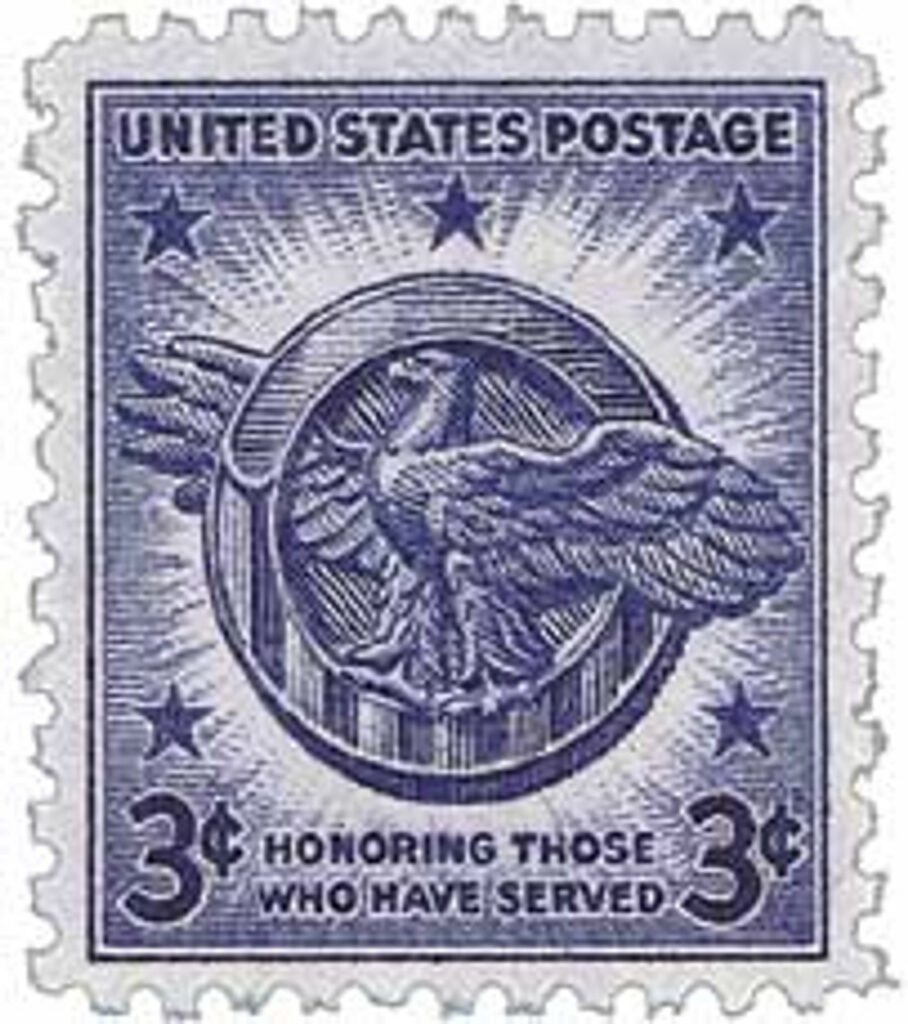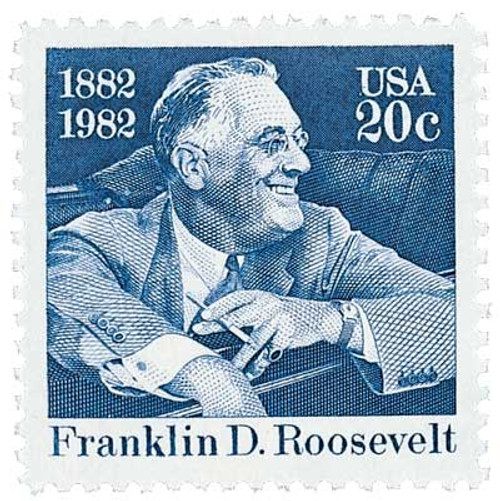On November 29, 1944, the War Department officially adopted the honorable discharge emblem.
Some of the earliest plans for a multi-service honorable discharge patch originated in 1919 following World War I. The purpose was to allow honorably discharged individuals to wear their uniforms for a period of time after leaving the service if they couldn’t afford civilian clothes.
The original design was similar to the eagle on the Presidential Seal but was changed in 1943 by Franklin Roosevelt and Winston Churchill. Their new design pictured an eagle preparing for flight, called “The Eagle Has Flown.” This was meant to coincide with the first major Allied offensives against the Axis Powers in the Pacific and Atlantic. The Army and Navy officially adopted the honorable discharge emblem on November 29, 1944, with the issuance of War Department Circular #454.
The emblem is also known by another name – “ruptured duck.” This name is credited to actress Hedy Lamarr, wife of Friedrich Mandl, the owner of several German arms factories. According to legend, Lamarr created countless revolutionary ideas that improved weapon design and production, which made her husband jealous. Fearing for her life, Lamarr fled to America where she described her escape as a hazardous flight on a “segeltuch gebrochen” or broken bird. The more literal translation of the phrase is “ruptured duck.”
When women working in the manufacturing plant that produced the honorable discharge pins heard Lamarr’s story, they began labeling the boxes “ruptured ducks.” This was partially in honor of her story, and also because the policy at the time required that boxes be labeled something other than what they contained, to confuse enemy agents.
The emblem is worn above the right front pocket on all outer uniforms. Honorable discharge is awarded to those members of the armed forces who receive a rating between good and excellent for their service. While honorable discharge is usually given to those who complete their term of service, those who don’t complete their time can receive the honor as long as they’re not discharged due to misconduct.
Click here to see what else happened on This Day in History.




Thanks again for your insightful info on the origin of the Honorable Discharge medal. I enjoy learning about the reason for the stamps that were issued.